Ergonomics Explained: How GraviPro and FlitLift Deliver a Weightless Feel in VR Through Dynamic Lifting
Long VR sessions expose limitations in headset ergonomics: neck torque, temple hotspots, and creeping fatigue that cut play or work short. Dynamic lifting—using gravity-assisted counterbalance to offset headset load—has emerged as a practical way to change that equation. Paired systems like GraviPro and FlitLift quantify and deliver a near-weightless comfort by shifting load away from the neck and smoothing motion, making long sessions more sustainable and immersive. ⏱️ 11-min read
This article explains what dynamic lifting is, why it matters for posture and balance, and how to measure the comfort gains you can expect. I’ll walk through the hardware and Vision Pro compatibility, developer integration points and APIs, practical study design for reliable metrics, real-world user feedback, compatibility and maintenance, and safety guidance for long-session use. If you’re a VR gamer, headset designer, product manager, or ergonomics researcher, this is a practical playbook for assessing and integrating weightless comfort into your product or setup.
Understanding dynamic lifting in VR: what it is and how it works
Dynamic lifting in VR applies gravity-compatible forces to partially support the headset and related peripherals so users feel less of the device’s mass during motion. Unlike passive padding that only spreads pressure, dynamic lifting uses active assist—actuators, cables, or rails coordinated with sensors—to offset the net torque the headset generates around the neck. That offset reduces the effective load your cervical spine and shoulders see when you look up, down, or turn quickly.
At the system level, dynamic lifting combines three elements: actuators (linear actuators, motorized arms, or cable-driven spools) to provide vertical assist; sensors (IMUs, force sensors, and positional trackers) to measure pose and applied load; and a control loop that adjusts force in real time. A vest, backplate, or harness distributes residual forces across the torso so the center of gravity remains aligned. The virtual scene continues to present consistent gravity cues, so perception of weight in VR stays natural even as the hardware reduces physical effort.
Core comfort metrics to watch for when evaluating a dynamic lift are weight distribution (how much load shifts from neck/temples to torso), tilt and head angle variability (reduced forward head tilt), and fatigue (both subjective and physiological). Later sections explain how to measure these with a mix of subjective scales and objective sensors.
Ergonomic impact of gravity-assisted lifting on balance and posture
Moving part of the head-mounted load from the neck to the torso changes how the body stabilizes the head and preserves posture. When the effective moment around the cervical spine is reduced, users naturally adopt a more neutral head position with less forward flexion. That small change preserves the cervical curvature and lowers sustained muscle activation in the upper trapezius and neck extensors—muscles that commonly ache after extended VR sessions.
Balance improves for the same reason: with a steadier neck load the body makes fewer abrupt compensatory movements when the user glances or tracks objects, translating into smoother torso adjustments and reduced sway. For activities that require reaching or manipulating objects in VR, bringing the load closer to the midline lets elbows sit nearer the ribs and shoulders relax. That reduces deltoid and forearm strain over repeating lifts or long sequences of hand interactions.
These ergonomic shifts are particularly meaningful for devices like the Apple Vision Pro, where a premium optical stack and battery add frontal weight. By pairing Vision Pro with FlitLift and GraviPro hardware that move support to the back and torso, users tend to report less neck extension and fewer hotspots at temples. The result is an overall sense of “weightless” comfort that preserves posture during long play or mixed-reality work.
Measuring comfort: metrics, study design, and data you can trust
Good evaluation combines subjective and objective measures. Subjective scales include a 0–10 comfort score, the Borg Rating of Perceived Exertion (RPE) for exertion, and numeric pain scales for focal discomfort. Some pilots use a 0–100 comfort scale for finer granularity; for example, early Vision Pro trials with FlitLift reported mean comfort increases from 68 to 84 on that scale.
Objective metrics to pair with subjective reports include: 1) pressure distribution across contact points (measured by thin-film pressure sensors), 2) head and neck angles from IMUs (sampling 100–200 Hz), 3) motion metrics such as displacement, velocity, acceleration and jerk, and 4) physiological signals like heart rate and HRV as proxies for fatigue. Gaze stability and tracking fidelity are also important; measure frame-to-frame head rotation variance and positional drift to ensure the lift doesn’t introduce tracking artifacts.
A reliable study design to benchmark dynamic lifting against traditional setups is a randomized crossover with at least 20 participants for preliminary power. Each subject performs matched tasks—e.g., 45-minute sessions with object manipulation, fast head turns, and prolonged reading—once with the lift and once with the baseline. Counterbalance order to remove learning effects. Synchronize sensor streams, use standardized calibration routines, and report sampling rates and synchronization methods to aid reproducibility. Include break checks: measure after 30 minutes and again at session end, and collect both immediate and delayed discomfort reports (immediately after, and 24 hours later) to capture transient and residual effects.
GraviPro and FlitLift: hardware overview and Vision Pro compatibility
GraviPro and FlitLift pair as a hardware and control ecosystem designed to make headsets feel weightless while preserving fit and tracking. The modular system typically includes a harness/backplate that routes forces to the torso, lift rails or actuated arms that provide vertical assist, and a controller that coordinates lift profiles. Payload capacity is sized to cover headset plus common add-ons; check the spec sheet for limits, but typical configurations support the Vision Pro and similar headsets with modest accessory loads.
Power and integration points are important: systems offer battery-powered and tethered options. Battery life and power draw depend on assist profile and actuator type; plan for swaps or belt-based external packs for marathon sessions. GraviPro coordinates sensor feedback (IMU and load cells) with FlitLift’s actuators to dynamically balance the headset. This closed-loop control keeps lift force tuned to movement, damping sudden jolts that would otherwise degrade immersion.
Vision Pro compatibility is achieved via mounting plates and alignment fixtures engineered for the Vision Pro form factor. Setup generally follows these steps: attach the mounting plate, route cables along frame rails to avoid snagging, fit the harness and adjust tension, then run the calibration routine in the companion GraviPro app to set balance and lift aggressiveness. A quick balance check—lean forward, look up and down, and watch for tracking drift—verifies correct alignment before starting a session. If you use nonstandard cushions or third-party mounts, confirm weight limits and center-of-gravity offsets before committing to extended sessions.
Developer integration: APIs, guidelines, and implementation tips
FlitLift exposes a developer-friendly API and telemetry so apps and device firmware can exchange state and respond to user actions. Typical endpoints include /api/v1/lift for commanding lift profiles, /api/v1/lift/status for current state, and /api/v1/events for streaming telemetry. Use OAuth 2.0 for authentication—PKCE for mobile/VR clients and client credentials for trusted servers. Tokens should be short-lived and refreshed with a refresh token; request scopes like lift.read, lift.write, telemetry.read, and ui.config. Always use HTTPS (TLS 1.2+) and handle rate limits (commonly ~60 requests/min per client) with exponential backoff. Make write calls idempotent to avoid inconsistent state on retry.
Integration touchpoints for application teams include calibration routines, real-time weight-distribution telemetry, and user-adjustable lift settings. Expose a small, non-intrusive UI overlay for users to tweak assist level (for example, “Low / Medium / High” lift or a slider from 0–100). Provide a hardware safety toggle that disables active lift for quick donning/doffing and ensure apps gracefully handle lift state changes during runtime—avoid abrupt changes in lift force tied to in-game events unless explicitly part of the experience.
Practical engineering tips: 1) minimize control-loop latency by colocating control logic or using a low-latency streaming protocol for telemetry; 2) synchronize sensor timestamps with the headset and app clocks to avoid mismatch; 3) include soft limits and motion damping to prevent oscillations; 4) validate that the assist doesn’t interfere with IMU-based tracking by conducting rotation and translation stress tests; and 5) log events conservatively for troubleshooting while honoring privacy and data minimization principles.
Real-world feedback: early adopters and user stories
Early pilots with the Vision Pro and FlitLift kit show consistent themes: users report a subjective “weightless” sensation, reduced neck fatigue, and fewer temple hotspots. In one small trial, mean comfort rose from 68 to 84 on a 0–100 scale after applying dynamic lifting. Participants also stayed in sessions longer, citing sustained immersion and less need for micro-breaks to shake out neck stiffness.
Usability improvements emerged as teams refined quick-fit routines. Initial setup averaged around 4.5 minutes, but with practiced adjustments users could dock and calibrate in roughly 2 minutes. Several testers emphasized that correct strap tension and ventilated padding made the most immediate difference in comfort; once those were dialed, the lift system’s benefits became more obvious. A few users experienced tracking drift during rapid head turns when straps were loose, highlighting that secure harnessing and cable routing matter as much as lift force tuning.
Reported tradeoffs center on complexity and heat management. Some participants noted added bulk at the torso or slight warmth from motors during long sessions; addressing those issues required better cable routing, vented enclosures, and occasional firmware updates that optimized motor duty cycles. These real-world lessons show that dynamic lifting dramatically improves comfort when installation and calibration are correct—and that product teams should prioritize quick-fit guides and ventilation design.
Compatibility, ecosystem, and setup: headsets, accessories, and maintenance
The ecosystem around GraviPro and FlitLift centers on the Vision Pro but extends to other headsets when adapters and balance arms match mounting points and weight envelopes. Before purchasing, verify the headset’s mounting interface, weight, and accessory layout. Purpose-built rails and quick-release adapters simplify swaps between devices and reduce alignment errors. If you plan to use external battery packs or belt supports for extended sessions, ensure connectors and routing paths don’t strain the headset or obstruct tracking cameras.
Good setup practices include using quick-release mounts to maintain precise alignment, routing cables along frame rails with Velcro ties to prevent snagging, and choosing cushions that keep the headset’s center of gravity close to the head. Firmware is a key maintenance point; manufacturers regularly push calibration and safety updates via companion apps. Keep devices on automatic-update if your environment permits, and schedule verification after major updates.
Inspection and routine maintenance tips: 1) check straps and Velcro daily for frays and secure stitching; 2) inspect actuators and rail guides monthly for play or unusual noise; 3) clean vents and fans with compressed air to prevent heat buildup; 4) test quick-release mechanisms quarterly; and 5) keep a small toolkit for strap adjustments. Common quick fixes are re-tensioning straps, reseating the mounting plate, and reinstalling the firmware if sensors report inconsistent values. Document any changes and maintain a simple log of firmware versions and calibration offsets to aid troubleshooting.
Safety, maintenance, and long-session use: best practices
Dynamic lifting reduces perceived effort but introduces mechanical and electrical elements that need clear safety practices. Always operate within rated load and motion limits. If motors or enclosures feel warm, pause and allow cooling—persistent overheating indicates a fault. Ensure the play area is free of objects that could snag harness lines. For battery-powered setups, follow manufacturer guidance on charging cycles, storage temperatures, and safe disposal.
Cadence and posture checks keep benefits consistent: plan 5–10 minute breaks every 60 minutes and a short posture check at 30 minutes. Use these pauses to reset harness tension, confirm spine neutrality, and alternate seated and standing positions as needed. Regular recalibration is also important—re-run the companion app’s balance routine weekly or after any hardware change (pad swaps, new cushions, or software updates) to sustain a steady center-of-gravity mapping.
Have a troubleshooting checklist and quick rollback plan: 1) if you detect tracking drift, check strap tension and mounting plate alignment; 2) if lift force feels uneven, run a sensor diagnostic and recalibrate load-cell baselines; and 3) for firmware-related behavior changes, keep a recovery image or documented default settings to revert safely. Finally, maintain a clear support pathway with vendors for warranty, spare parts, and professional inspections for commercial installations—these systems are ergonomic devices first and mechanical systems second.
Takeaway: Dynamic lifting with systems like GraviPro and FlitLift offers measurable ergonomic gains—reduced neck torque, steadier posture, and longer comfortable sessions—when evaluated with rigorous metrics and paired with careful setup, calibration, and maintenance. If you’re testing or integrating a lift system, start with a randomized crossover trial, prioritize secure harnessing and ventilation, and build developer hooks for telemetry and graceful user controls so weightless comfort becomes a reliable part of the VR experience.


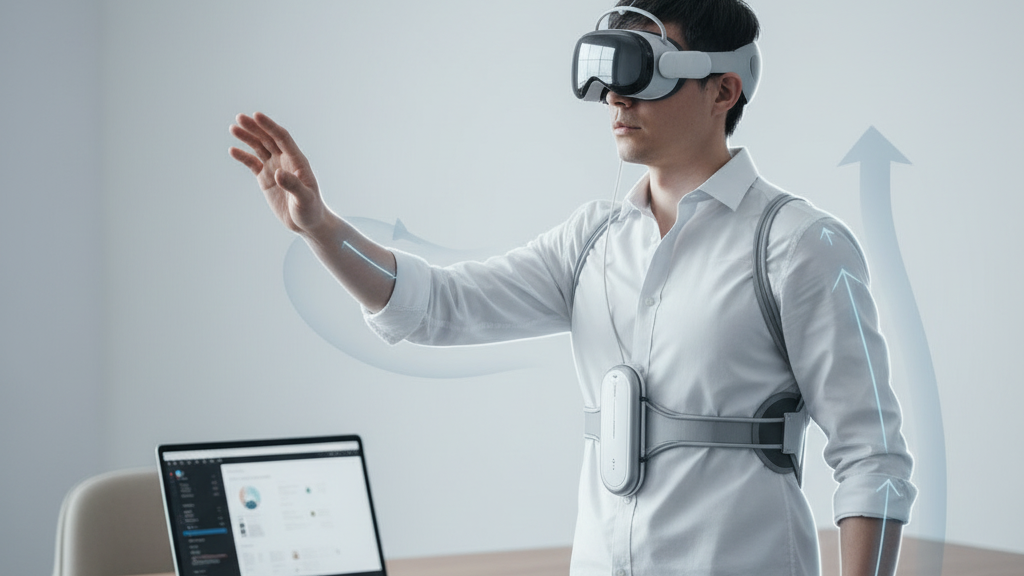
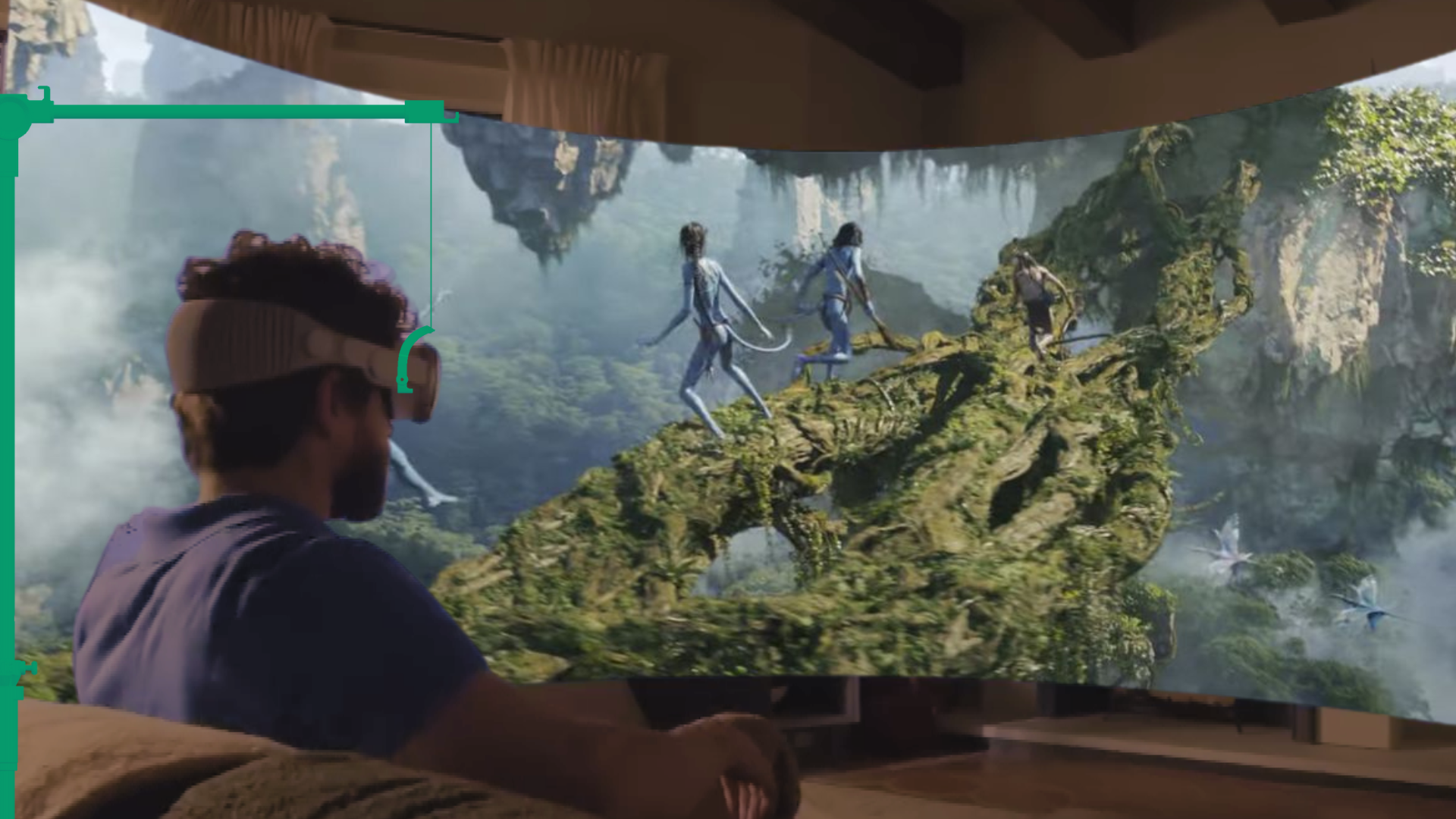
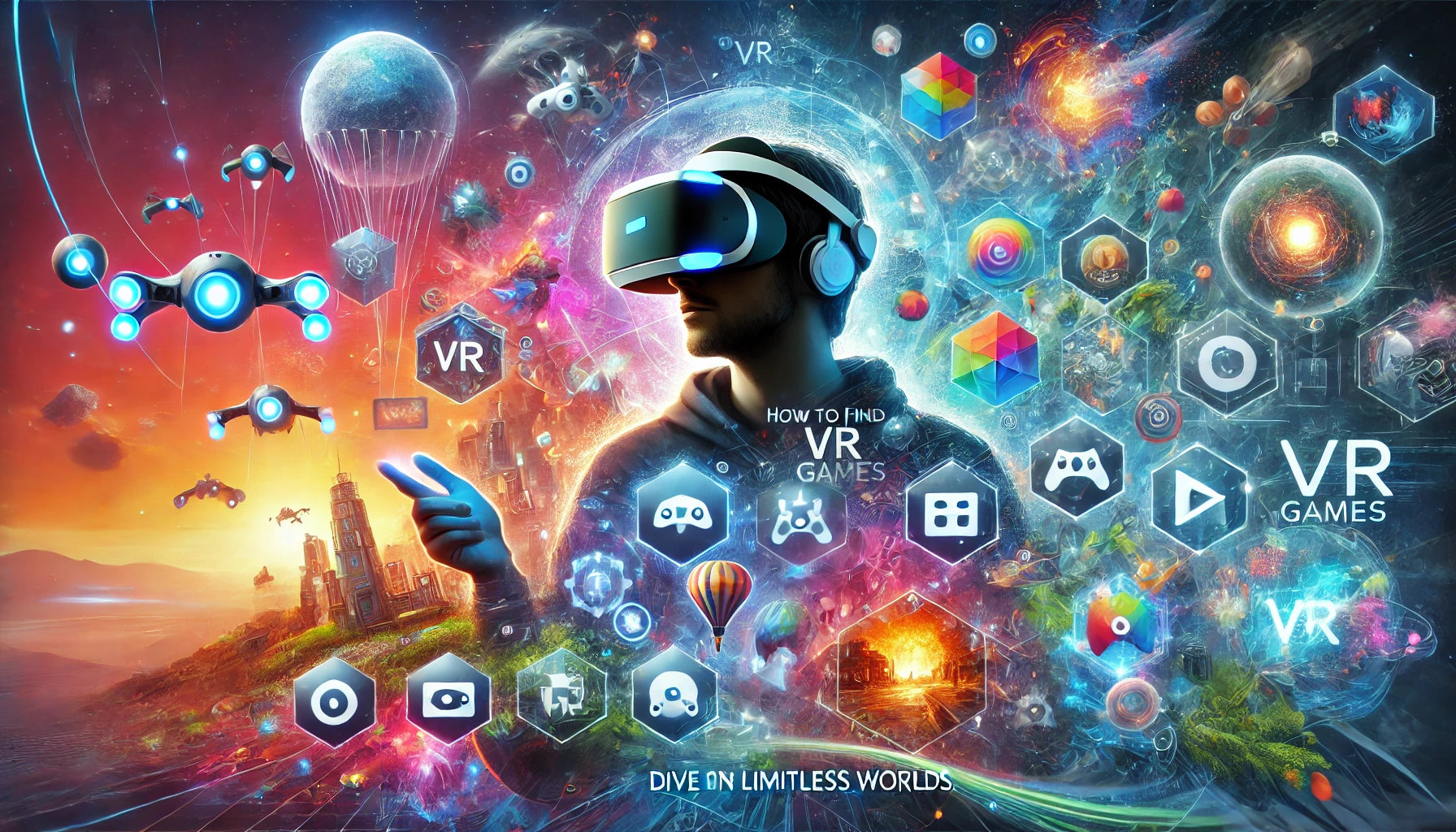
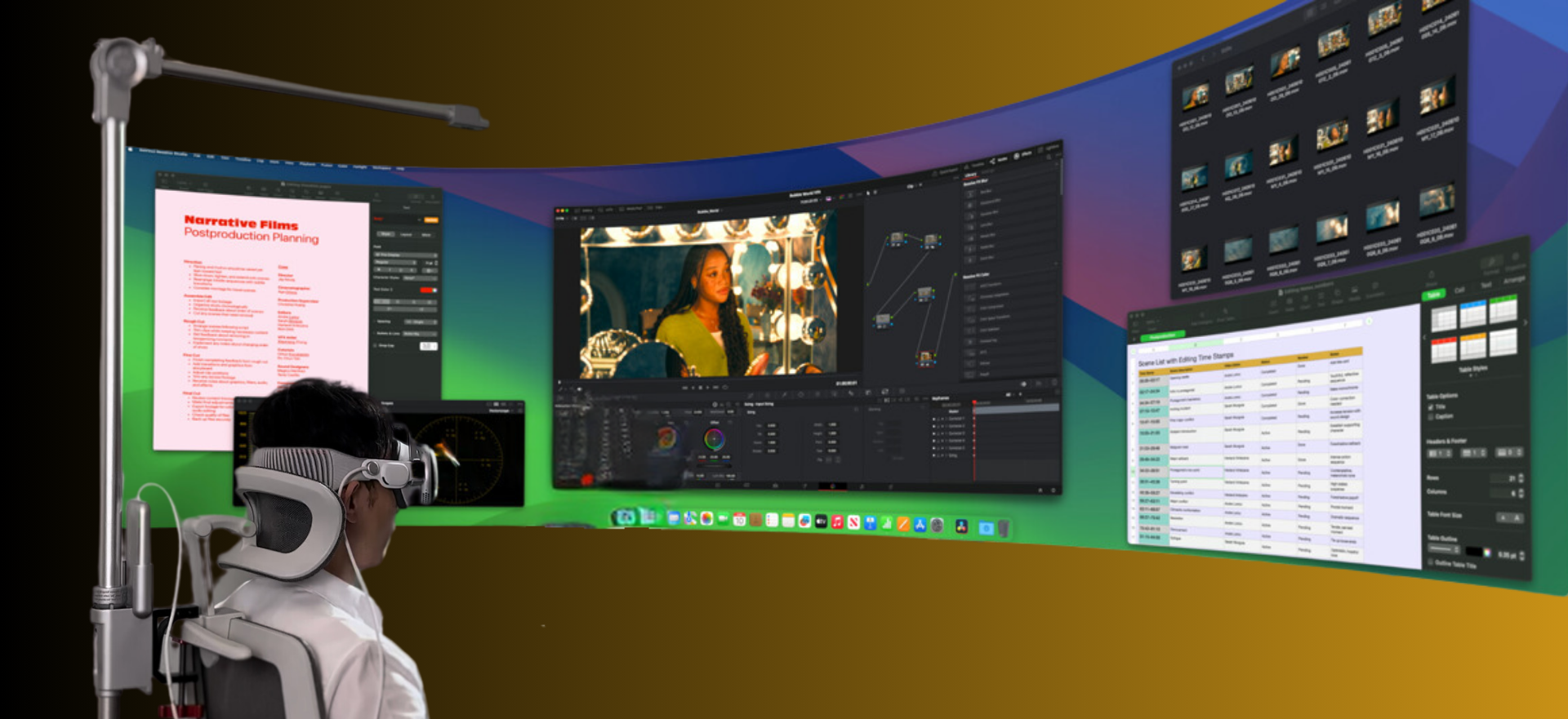
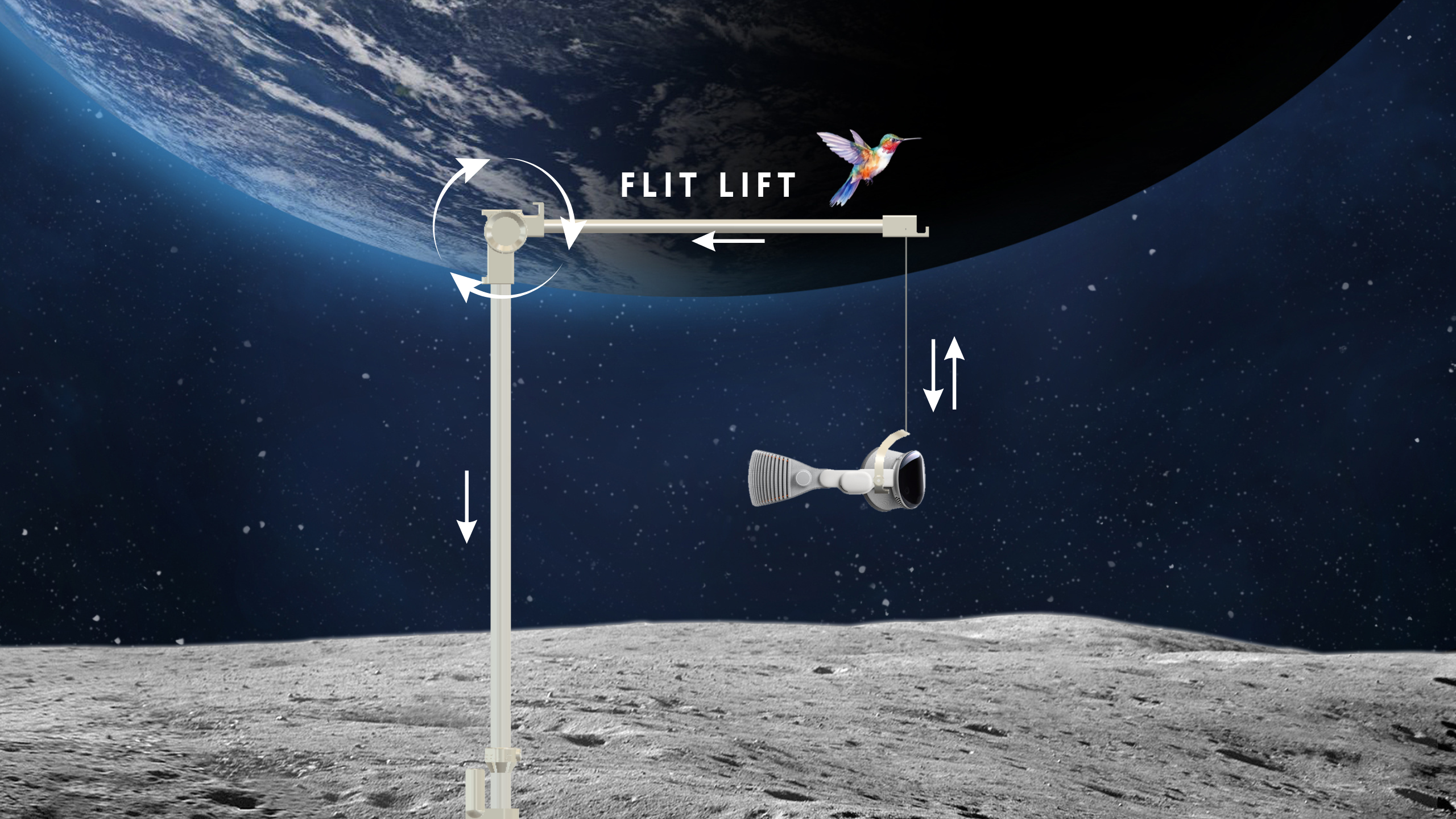

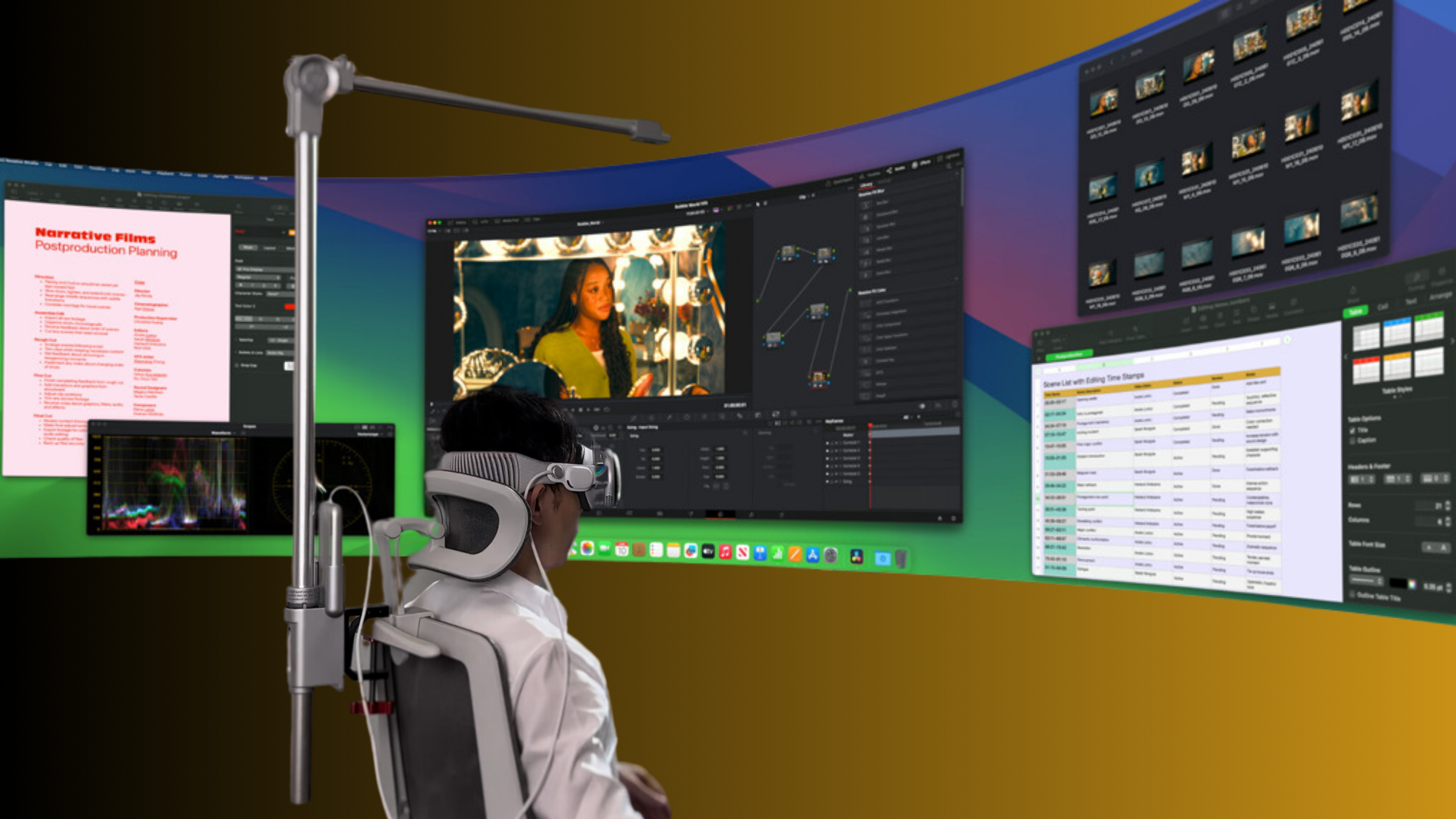

Compartir:
Glasses-Friendly VR: GraviPro Adapters for Comfortable, Clear Play
Ergonomic Secrets: Reducing Neck and Shoulder Fatigue with Flit Lift in VR